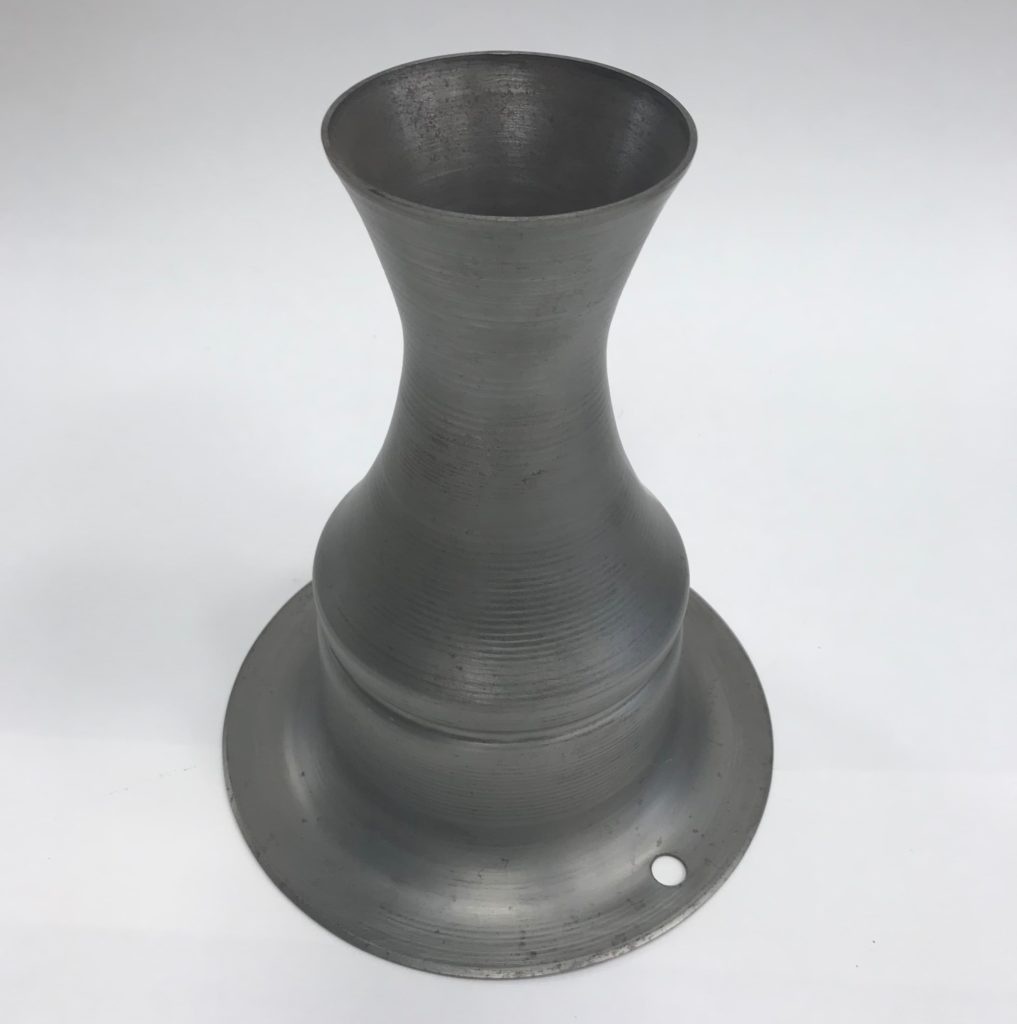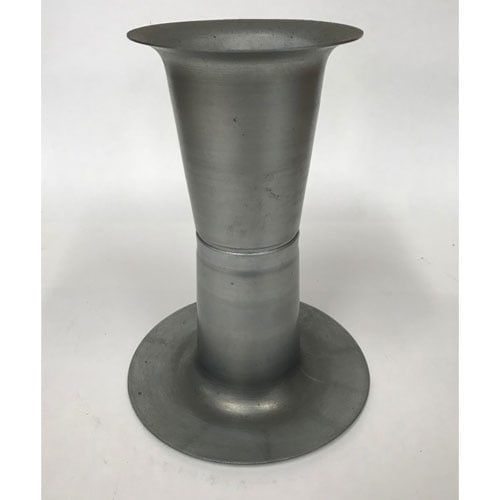Metal spinning is a sophisticated metalworking process that has revolutionized the manufacturing of HVAC components. This precision technique, which dates back to Ancient Egypt, involves shaping a flat metal disc into various forms by spinning it on a lathe and applying pressure with specialized tools. Today’s metal spinning has evolved from its manual origins to incorporate advanced computer numerical control (CNC) technology, making it an ideal manufacturing method for critical HVAC components.
Materials and Applications
The versatility of metal spinning allows for work with a wide range of materials essential to HVAC manufacturing.

Each material brings specific advantages to HVAC applications, allowing manufacturers to match material properties to specific component requirements.
Key HVAC Components Produced Through Metal Spinning
Metal spinning is particularly valuable in producing several critical HVAC components:
Applications of Venturi Valves in HVAC Systems
Click to learn how Venturi valves provide independent, real-time airflow control, addressing the signal delays, maintenance needs, and response limitations of conventional systems.
In modern HVAC systems, airflow control presents a significant engineering challenge, particularly in environments requiring precise air management. While Constant Air Volume (CAV) systems provide steady airflow at adjustable temperatures, Variable Air Volume (VAV) systems offer more sophisticated control by delivering variable airflow at constant temperatures to different zones within a building.
Traditional VAV systems rely on VAV boxes – calibrated dampers strategically positioned throughout the building’s ductwork. However, these systems face several operational challenges:
- Signal Delay Issues: Time lags between VAV box airflow sensors, building controls, and actuators lead to frequent system adjustments, resulting in efficiency losses and increased strain on system components
- Maintenance Requirements: Airflow sensors require regular cleaning and maintenance to prevent efficiency degradation from dirt accumulation
- Response Time Limitations: The delay between component adjustments can create potential risks in environments requiring real-time ventilation control
For standard commercial applications, these limitations may be acceptable. However, in critical environments such as manufacturing facilities, laboratories, and cleanrooms – where precise air management directly impacts safety and operations – a more responsive solution is essential.
Venturi valves address these challenges through their innovative design and operation. Unlike traditional VAV boxes, Venturi valves:
- Operate independently of central system signals
- Provide real-time pressure measurement and adjustment
- Maintain airflow accuracy within ± 5%
- Offer immediate response to pressure changes
- Come with factory-calibrated settings for specific application requirements
These characteristics make Venturi valves particularly valuable in environments where precise air management is critical for:
- Containment of hazardous materials
- Maintenance of sterile conditions
- Control of airborne particulates
- Management of critical pressure relationships
- Prevention of cross-contamination
The superior performance of Venturi valves in these applications demonstrates why precision manufacturing through metal spinning is essential for HVAC components in critical environments.
Manufacturing Process and Techniques
Modern HVAC metal spinning employs several sophisticated techniques:
Advantages of Metal Spinning in HVAC Manufacturing
Metal spinning offers several distinct advantages for HVAC component production:
Future Considerations and Innovation
As HVAC systems continue to evolve, metal spinning techniques are advancing to meet new challenges. While the process currently has some limitations, such as being restricted to axially symmetric shapes and certain material constraints, ongoing technological developments are expanding its capabilities.
The combination of traditional craftsmanship with modern CNC technology allows for unprecedented precision in HVAC component manufacturing. As sustainability becomes increasingly important in manufacturing, metal spinning’s minimal waste and ability to use recycled materials make it an increasingly valuable process for the HVAC industry.
The automated metal spinning process ensures consistent quality across production runs, allowing components to perform reliably in all conditions. The absence of welding lines not only ensures optimal strength but also provides superior appearance, meeting both functional and aesthetic requirements of modern HVAC systems.

Why Metal Craft?
With over 60 years of metal spinning experience, we deliver the highest standards of quality throughout our manufacturing process, prioritizing customer satisfaction.
Quality & Experience
With decades of metal spinning expertise, we bring precision and craftsmanship to every project, ensuring consistent, high-quality results.CNC Automation
Our state-of-the-art equipment streamlines production, delivering high-precision metal components with exceptional accuracy and repeatability.Hassle Free Shipping
Efficient logistics and dedicated support ensure that orders are delivered on time, with careful handling to maintain quality from our facility to yours.
